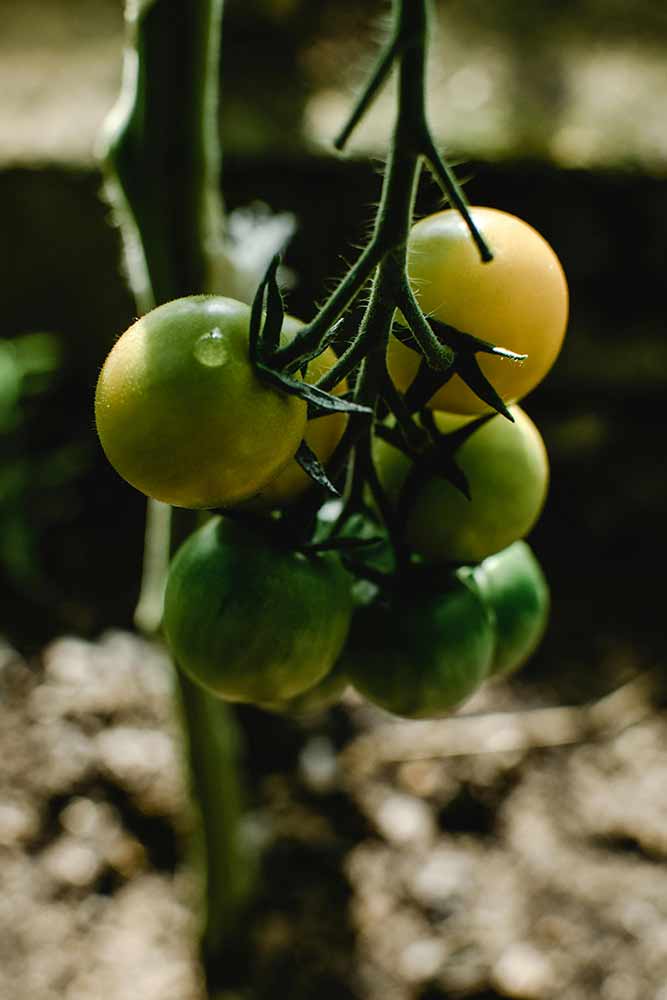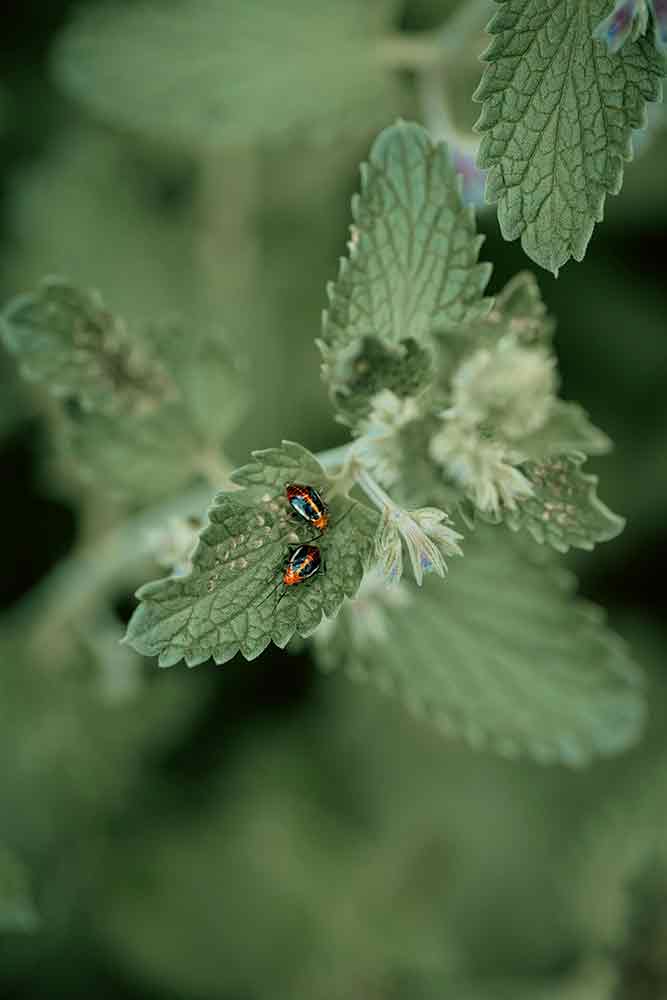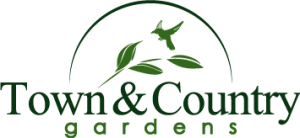Organic Pest Control
Organic Pest Control
Keeping the Balance
When choosing a method to address insect problems select the one which is likely to have the least negative impact on the whole growing environment in your garden. Just as with your own well-being, prevention is the place to start. If a problem develops follow the steps from top to bottom (from most benign to most intensive) to re-establish your garden’s balance. The more you do to maintain a healthy balance in your garden the less likely you will be to experience a pest infestation that will do significant damage
Prevention
Building Healthy Soil:



Marigolds make great tomato companions as their scent keeps pests like aphids and hornworms away naturally.
Promoting Plant Health:
Soil Health:

Mechanical
Beneficial/Biological
* Remember that these beneficial/biological products may be harmful to people, animals and beneficials. Use only when necessary. Read and follow label directions carefully.
Organic pest control isn’t about eliminating every insect—it’s about creating a balanced, resilient garden ecosystem. By combining good cultural practices like observation, crop rotation, and companion planting with mechanical tools, biological allies, and natural mineral or botanical products, you can manage pests effectively without relying on harsh chemicals. Each method works best as part of an integrated approach that supports soil health, plant strength, and biodiversity. With patience and consistency, your garden will not only stay productive but thrive as a self-sustaining, naturally protected environment.


